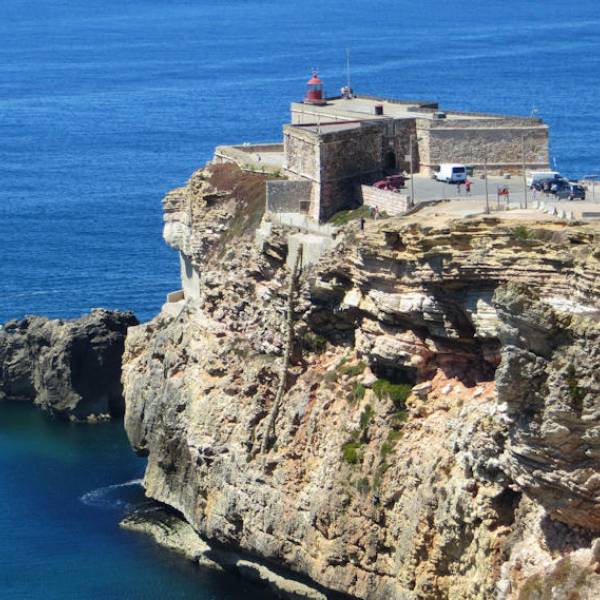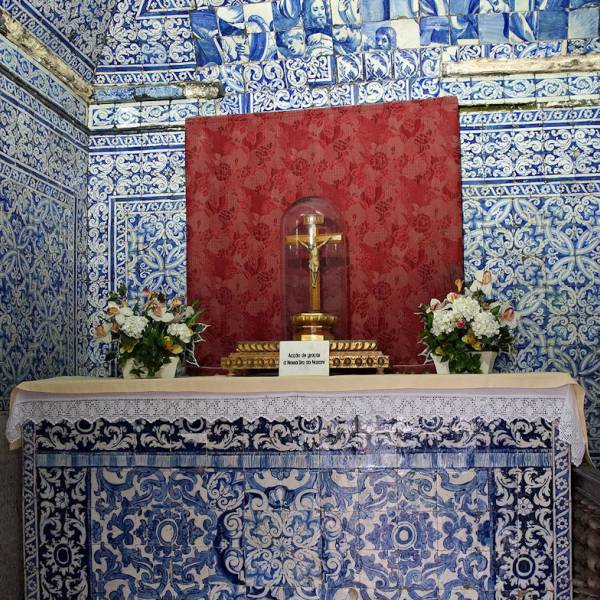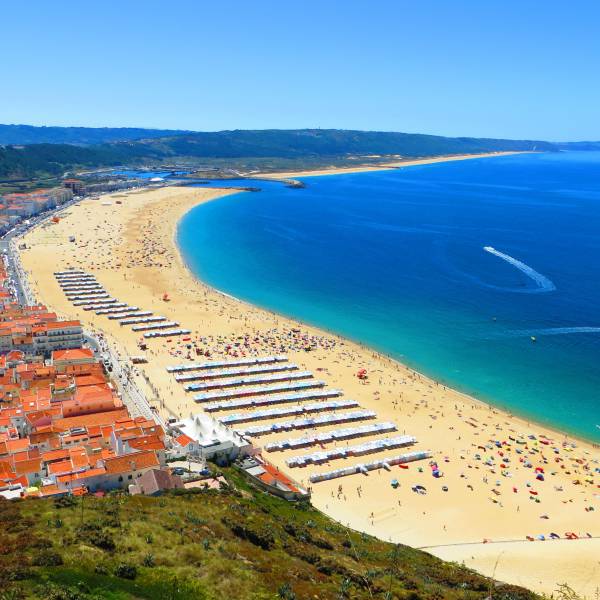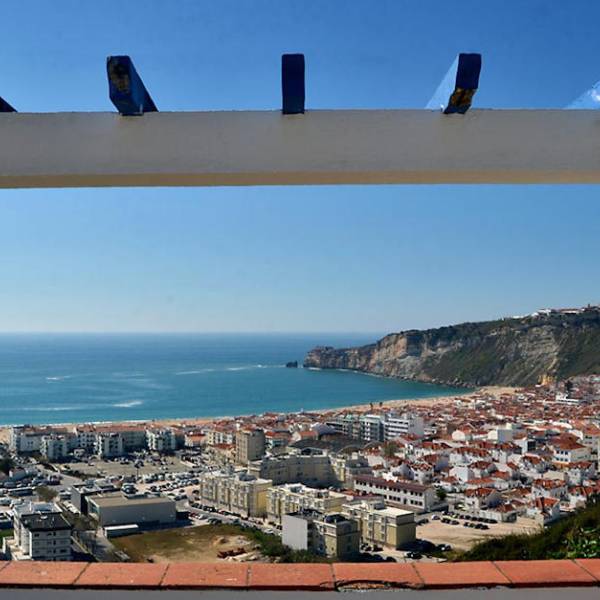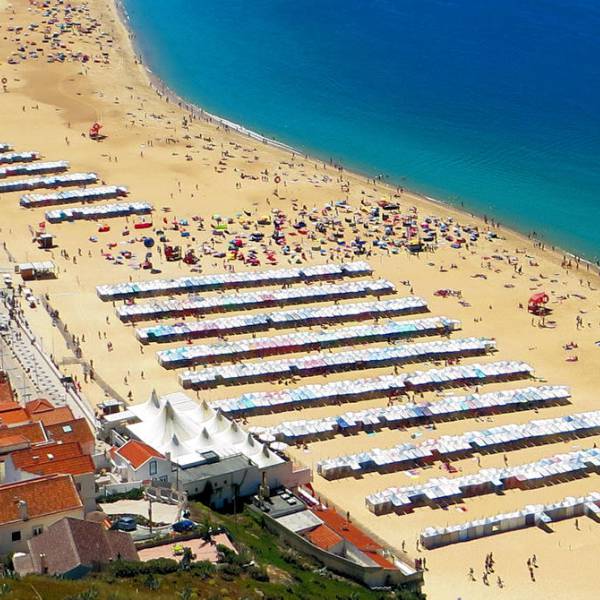A day trip from Lisbon to the Memory Hermitage of Nazaré is highly recommended due to its historical significance, spiritual aura, and breathtaking views. Visitors can delve into the legends surrounding the hermitage, admire its architectural details, and find solace in its serene interior. The tranquil coastal setting of Nazaré provides an ideal backdrop for introspection and connecting with spirituality, making it an enriching and rejuvenating day excursion from the bustling capital city.
According to legend, the Memory Hermitage was commissioned by the knight Dom Fuas Roupinho in 1182. The knight, saved from a perilous fall off the cliff by Our Lady of Nazaré while chasing a deer on horseback, felt compelled to honor the miraculous intervention. The hermitage stands where the original statue of Our Lady, sculpted by St. Joseph and painted by St. Luke, was placed on a small altar by King Roderic of the
Visigoths. Roderic had brought the statue to Nazaré in 714, along with a monk named Romano, after the Battle of Guadalete. The hermitage was constructed upon the discovery of the image in a cave in 1179, preserving it through centuries of Muslim rule. The enigmatic cave, believed to hold mystical powers, remains partially inaccessible, with a niche displaying the revered image.
The exterior of the Memory Hermitage bears notable architectural elements. Originally designed with open ramparts and four arches,
King Ferdinand (Fernando) I ordered their closure in 1370 to protect the hermitage from deterioration. Above the entrance door, a tiled panel proudly displays the coat of arms of Portugal. A limestone bas-relief, a replica of the 14th-century original, adorns the cornice, depicting the Virgin of Nazaré with the Child, alongside St. Brás, St. Bartholomew, Dom Rodrigo, and Monk Romano. The chapel's facade facing the beach showcases a tile panel illustrating episodes from the legendary narrative.
The interior of the Memory Hermitage mesmerizes visitors with its 17th-century
tiles. Master António Oliveira Bernardes incorporated single-figure designs and various Marian symbols, creating a visual tapestry of devotion. The hermitage features two floors connected by a six-step staircase crafted from lioz stone. Illuminated by a small window, the lower floor houses the original statue's sacred location. The crypt's vault displays a tile panel narrating the miraculous story of how Our Lady of Nazaré saved Knight D. Fuas Roupinho. Inscriptions in lioz stone grace the entrance walls, with one being the Latin text from Monk Bernardo de Brito's "Monarquia Lusitana," recounting the origins and cult of Our Lady of Nazaré, and the other providing a translation. The image of Our Lady of the Conception has been transferred to the Rector Luis Nesi Museum for preservation.
The Memory Hermitage of Nazaré, with its captivating legends, stunning architecture, and remarkable interior artistry, stands as a revered sanctuary of spiritual significance. This hallowed shrine attracts pilgrims and visitors seeking solace and connection with the divine. As the Memory Hermitage overlooks the sea, it continues to inspire awe and reverence, beckoning all who seek moments of serenity and profound devotion amidst the enchanting town of Nazaré.







